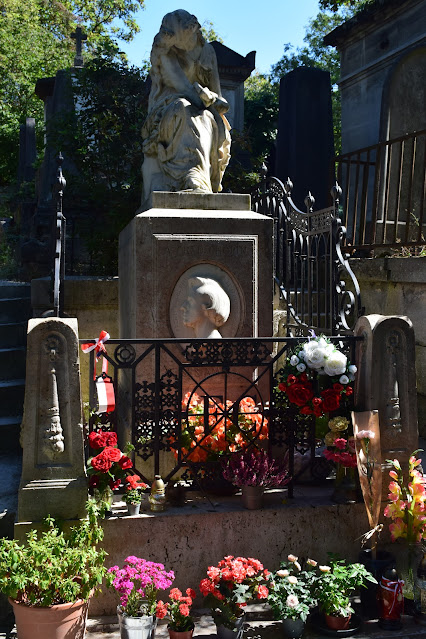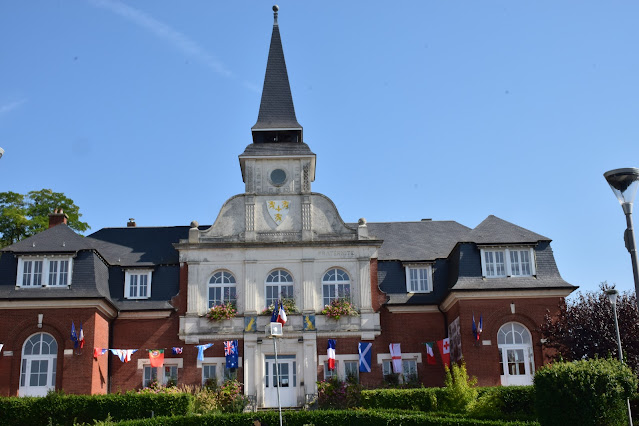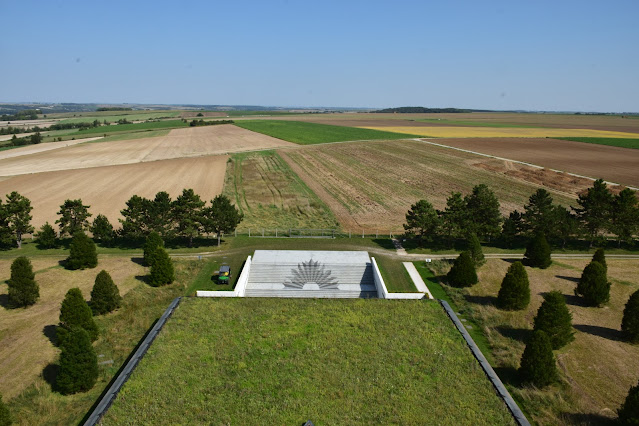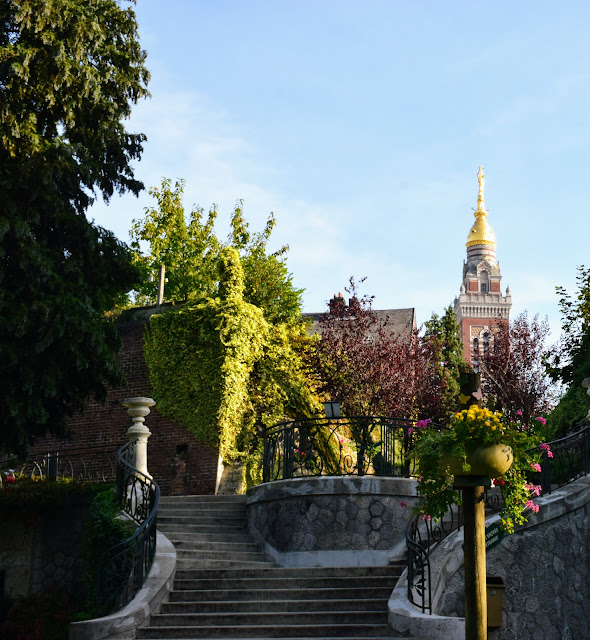France, London,Scotland & Ireland 2023
Itinerary: Departed September 5 flying Qantas Adelaide to Singapore, transit overnight then Singapore Airlines to Paris and'The Somme' then onto London, Scotland, Ireland and back to Paris on October 9 to fly home.
There will be a series of 3 blogs for this latest excursion: France, UK & Ireland. Welcome to No1.
France
Just a short stay in Paris at the Hotel Des Baines to explore a couple of sites we have had on our agenda being the 'Cimetière du Père-Lachaise'(Pere Lachaise Cemetery) and 'Panthéon' and revist our favourite Jardin du Luxembourg (Luxembourg gardens)
It is a short walk (for us) from the hotel, through the gardens and onto the Pantheon in the heart of the Latin Quarter. What is the Pantheon? This is best described by the official 'History Site' as follows:
Church or secular temple?
The church of Sainte-Geneviève, which became the Panthéon during the Revolution, oscillated between these two functions throughout the 19th century. With the changes of political regimes, the function of the building has evolved no less than 6 times.
Built as a sanctuary to the glory of the patron saint of Paris, the building underwent a first change during the Revolution. While the church was barely completed, the building became, following the death of Mirabeau in 1791, a national necropolis reserved for the worship of illustrious men.
Voltaire and Rousseau entered the Panthéon in 1791 and 1794 respectively. Shortly after, in 1806, Napoleon Bonaparte returned the building to the Catholic Church, but kept the crypt for the burial of Empire dignitaries.
In 1815, under the Restoration In 1815, during the Restoration, the monument became a church again, before resuming its function as a Panthéon in 1830, under the July Monarchy.
Named Temple of Humanity in 1848, under the Second Republic, the building became a church again with the advent of the Second Empire, in December 1851.
It was not until the funeral of Victor Hugo, in 1885, under the Third Republic, that the monument definitively kept its role of Panthéon.
And who is the Patron Saint of Paris you may ask? None other than Saint Denis!
Denis of Paris was a 3rd-century Christian martyr and saint. According to his hagiographies, he was bishop of Paris in the third century and, together with his companions Rusticus and Eleutherius, was martyred for his faith by decapitation. Wikipedia
This must explain my affinity with this wonderous 'City of Light'!
Onto the Pantheon:
The Pere Lachaise Cemetery is famous for the noteable individuals interned there, the most infamous in contemporary times being the renowned Jim Morrison who was living in Paris when he passed unexpectantly on July 3 1971 aged 27.
The cemetery's list of philosophers, scientists, politicians, military noteables along with artists, musicians and singers dating back centuries is too extensive to mention. The list is available online on the website which I printed for our visit. The printout includes the plot numbers and map.
Cemetery grounds
Jim Morrison
One of numerous WW1 monuments.
Memorial to the victims of the Mauthausen extermination camp. Of the 180,000 prisoners, 154,000 were tortued, shot, hanged and gassed. Of the 12,500 French deported, 10,000 were murdered.
Of course it would be sacrilegious to vist Paris without at least one visit to a vantage point to see and/or photograph the 'Tour Eiffel' (Eiffel Tower). One of the best such places is the Trocadéro although much more suited for photographing during late/early hours with minimal human presence of which this is not the case. It was the evening of the opening match of the Rugby World Cup and it was manic!
With less than 12 months before the Paris Olympics, infrastructure upgrades, new works and lots of publicity are the order of the day and are visible eveywhere one goes around the city. After disembarking from a River Seine taxi boat we had a small reminder of how long there was to go before the big event.
AMEN
After two full days spent in Paris we departed by train for our 175Km trip north to Amiens, our first stop and capital of the Somme. I won't enter into a detailed WW1 historical diatribe of this region except to say that Australian troops had a very significant presence through the Somme as is highlighted by the presence of the Australian War Cemetery complex at Villers-Bretonneux and the Sir John Monash information interpretive centre.
Although Amiens is a very beautiful city having been reconstructed, along with many others through this area ,after the destruction of WW! and again with WW11, our timetable did not allow us to explore. Our primary purpose was to visit Villers-Bretonneux which we did shortly after our arrival in Amiens. We took a short 12min train ride to the village of Villers-Bret... and walked the short 6 Km's return to the Australian complex then train back for dinner and bed for 1 night.
Villers-Bretonneux is full of Australian references with street names and buildings given Australian names as seen in these photos. One will also find a wide range ofAustralian memorabilia in cafe/bars in the village.
Villers-Bret.... council office
Melbourne StreetSign to a Museum (Musee) and auditorium (Salle) located in the school (Ecole) One of numerous waymarkers directing walkers to the Monash Centre and War Memorial
A school boy rugby team from Geelong came second in a junior international rugby tournament leading into the Rugby World Cup visiting on their last day in France.
Our visit ro Villers-Bretonneux was the second most moving experience in our short tour through the Somme. Our next stop Albert, a 20min train ride north of Amiens, was to be a very emotional highlight.
Albert is home to the 'Musee Somme 1916', a very significant and extensive WW1 Museum and now home to Thomas John White's (grandfather) memorabilia, photos, postcards and medals from his 1918 service in the Somme. I arrived at the decision to donate as a good option for future safe keeping in the most appropiate way. My first consideration was to donate to the Australian War Memorial in Canberra, but the thought of it just being alphabetically filed was off putting. As we had a Paris visit planned for this trip I constdered the feasability of finding an appropiate place or places to donate, particularly with such a relevant connection. In my search I came upon the Albert Museum. There were three significant locations in the Somme Tommy had served being Amiens,Albert and Arras. I emailed the Musee with my proposal and they accepted the offer with great enthusiasm. At that stage I had not included the medals.
The Musse entrance and statue of Australian soldier close by.Am I conversing in fluent French you may ask?
Presenting Grandad's medals to Alain, the manager of the Musee, which was not expected, He thought I was only showing him and was very moved with them being donated. He informed me that it is his intention to compile the collection into an exhibit to be placed in the Australian section of which I will be sent photos. It would be great to see in person??




















































